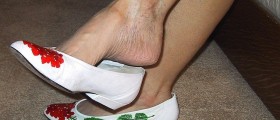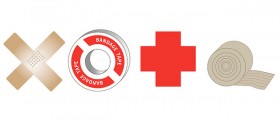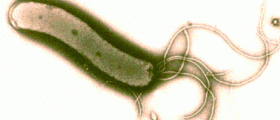
There are a not that many people who have heard about ulcers. However, venous leg ulcers are still not that well known of and a lot of people would like to know more about them. Venous leg ulcers are in most cases big, shallow and cause no pain what so ever. These ulcers are also located around the medial or lateral malleoli. Experts claim that these ulcers are connected with some other signs of venous hypertension like varicose veins, varicose eczema, haemosiderin pigmentation, atrophy blanche and venous flare. The main cause of venous ulcers is the incompetent valves in the veins of the lower leg. This especially goes for the perforators. When the calf muscles contract, these valves make the blood squeeze out into superficial veins and not upwards in the direction of the heart, like it should be. When that happens, the dilation of the superficial veins occurs and the heightened pressure of the subsequent veins leads to oedema, venous eczema and ulceration. In some cases, even the valves might get damaged.
Epidemiology
According to certain researches in the United Kingdom, no more than three people suffer from venous ulcers out of 1,000. However, the number increases as people get older and for people older than 80 that number is 20 people out of 1,000. People should also know that in most cases, the diagnosis is made clinically.The history can also be helpful when a doctor needs to make a diagnosis. This especially goes for people with a history of pre-existing varicose veins, deep vein thrombosis, phlebitis, a fracture, trauma or surgery in the past or a family history of venous diseases. There are also some symptoms that might point to venous ulcers like pain or heaviness in the legs, aching, swelling, itching, eczema, pigmentation and a breakdown of the skin.
Examination
According to certain studies, almost 80% of all leg ulcers are venous ulcers. In most cases the base of these ulcers is in the gaiter region of the leg, between the knee and ankle. It is not uncommon for the area where the ulcers are to be surrounded by stasis dermatitis. A proper examination is important in order for the other differential diagnoses to be ruled out.
Prevention
First of all, people who wish to avoid venous ulcers should make sure not to stand or sit for too long. It is also important to control the risk factors like obesity. A person should also use compression hosiery when the first signs are spotted. Surgery is an option but a person needs to fit the criteria.
















Your thoughts on this
Loading...